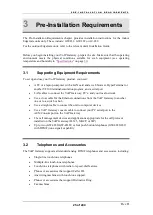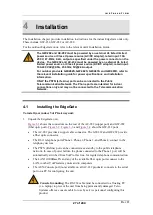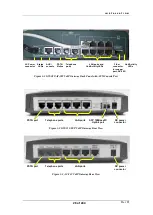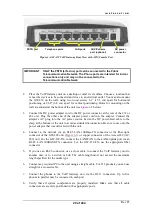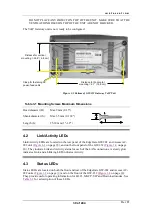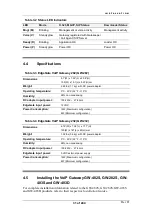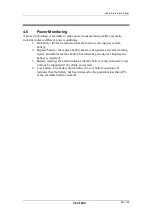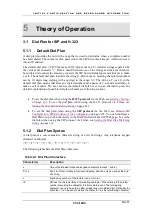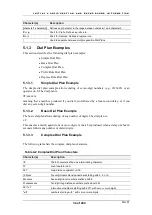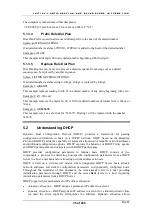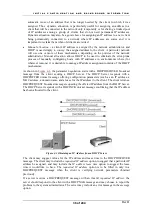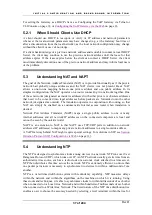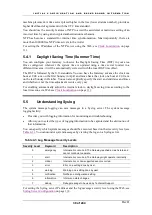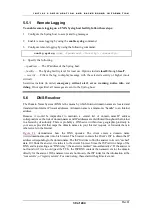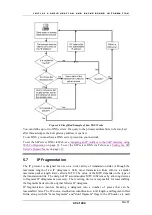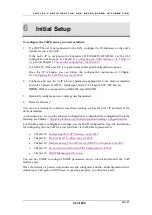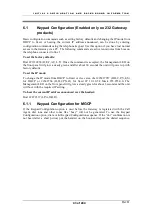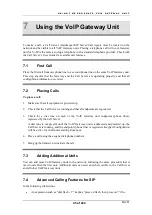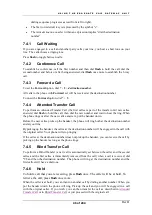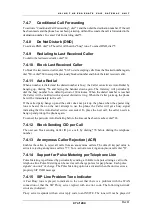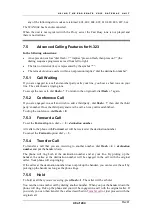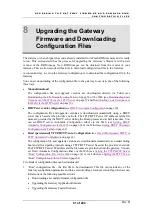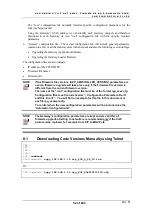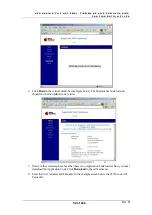
I N I T I A L C O N F I G U R A T I O N A N D B A C K G R O U N D I N F O R M A T I O N
Rev H
39 of 244
5.5.1
Remote Logging
To enable remote logging on a UNIX Syslog host facility, follow these steps:
1. Configure the Syslog host to accept and log messages.
2. Enable remote logging by using the
enable syslog
command.
3. Configure remote logging by using the following command:
config syslog {add} <ipaddress> <facility> {<severity>}
4. Specify the following:
—
ipaddress
— The IP address of the Syslog host.
—
facility
— The Syslog facility level for local use. Options include
local0
through
local7
.
—
severity
— Filters the log to display message with the selected severity or higher (more
critical).
Severities include (in order)
emergency
,
critical
,
alert
,
error
,
warning
,
notice
,
info
, and
debug
. If not specified, all messages are sent to the Syslog host.
5.6
DNS Resolver
The Domain Name System (DNS) is the means by which Internet domain names are located and
translated into Internet Protocol addresses. A domain name is a mnemonic “handle” to an Internet
address.
Because it would be impractical to maintain a central list of domain name/IP address
correspondences, the lists of domain names and IP addresses are distributed throughout the Internet
in a hierarchy of authority. There is probably a DNS server within close geographic proximity to
your access provider that maps the domain names in your Internet requests or forwards them to
other servers in the Internet.
Figure 4-2
demonstrates how the DNS operates. The client enters a domain name
(www.domainname.com) into his browser. The browser contacts the Client’s ISP to obtain the IP
address corresponding to the domain name. The ISP first tries to find the answer in its own “cached”
data. If it finds the answer, it returns it to the client's browser. Since the ISP isn’t in charge of the
DNS, and is just acting as a “DNS relay”, the answer is marked “non-authoritative”. If the answer is
not found or if it is too old (past the TTL), the ISP DNS contacts the nameservers for the domain
directly for the answer. If the nameservers are not known, the ISP looks for the information at the
‘root servers’, or ‘registry servers’. For com/net/org, these start with a.gtld-servers.net.
Summary of Contents for AC - 232 - TX
Page 4: ......
Page 24: ......
Page 44: ......
Page 50: ......
Page 68: ......
Page 79: ...C L I C O M M A N D M O D E S Rev H 79 of 244 Figure 9 4 Network Mode show and set Commands ...
Page 81: ...C L I C O M M A N D M O D E S Rev H 81 of 244 Figure 9 8 SIP Mode show and set Commands ...
Page 98: ......
Page 108: ......
Page 156: ......
Page 158: ......
Page 170: ......
Page 184: ......
Page 202: ......
Page 228: ......
Page 234: ......
Page 242: ......

